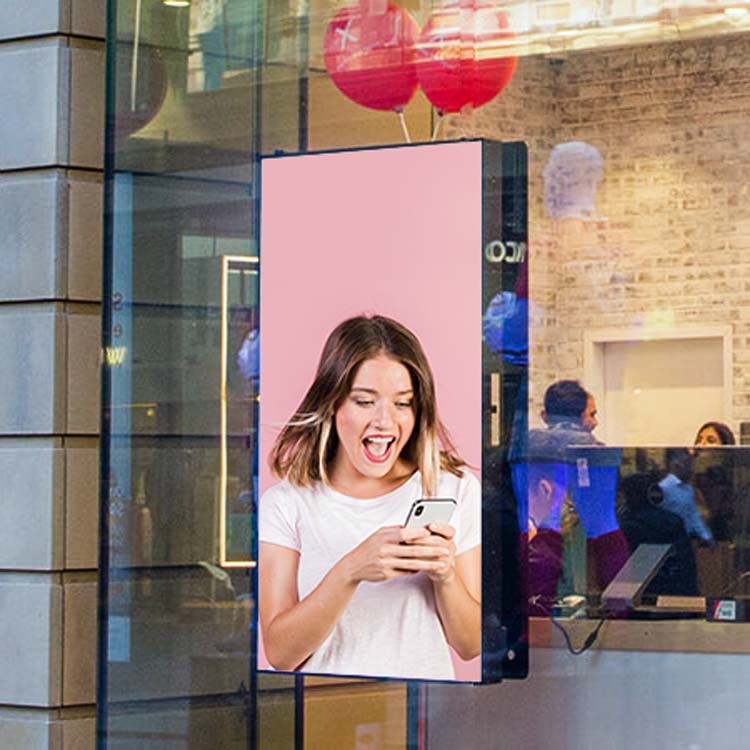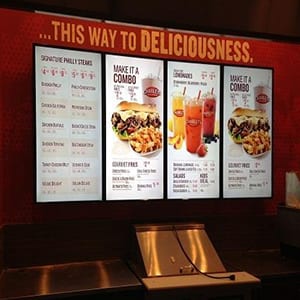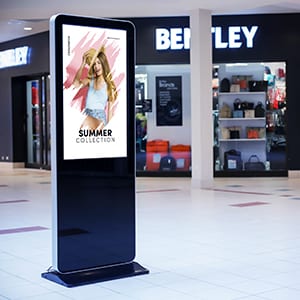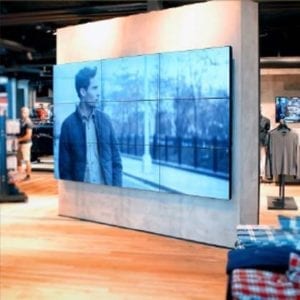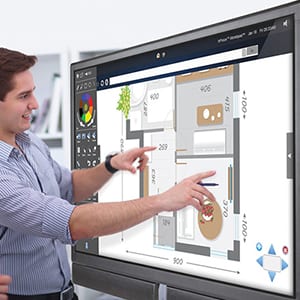Easy for installation & maintenance
Multiple connection method
user friendly software interface
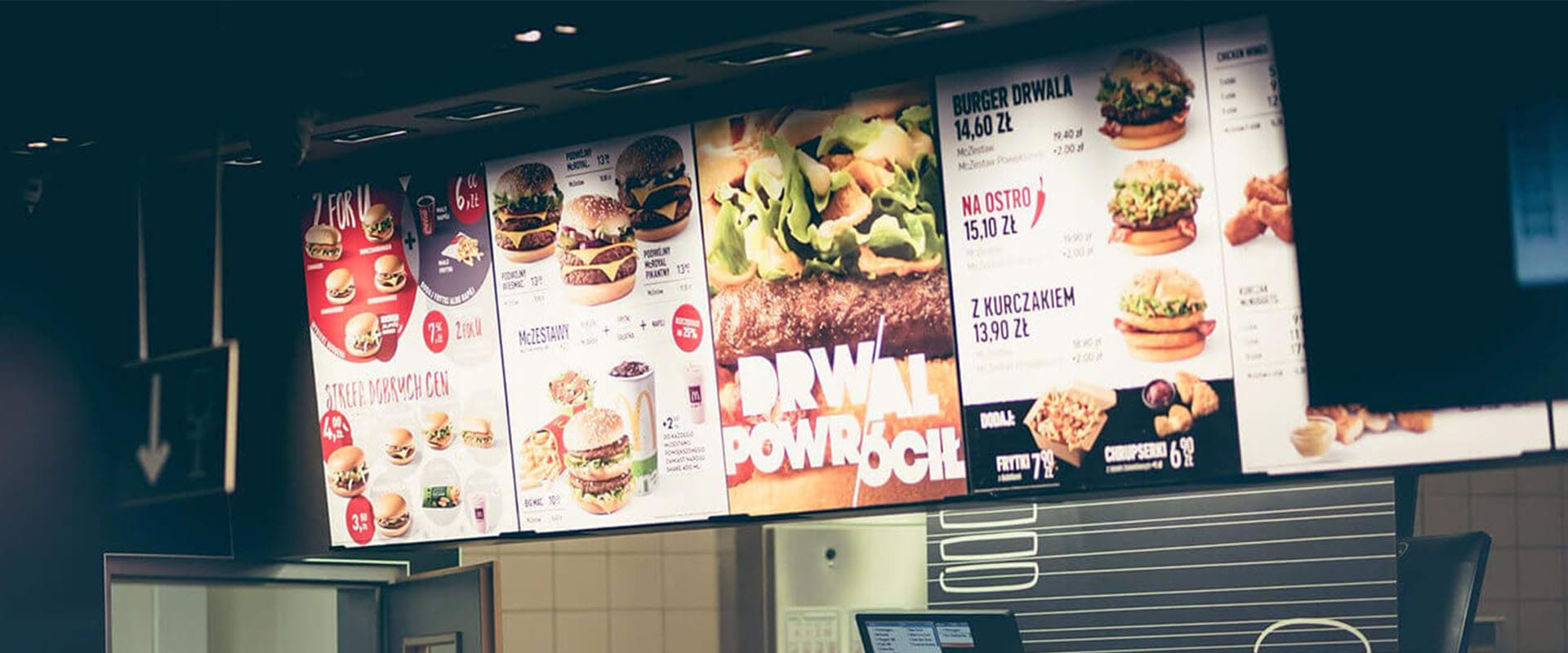
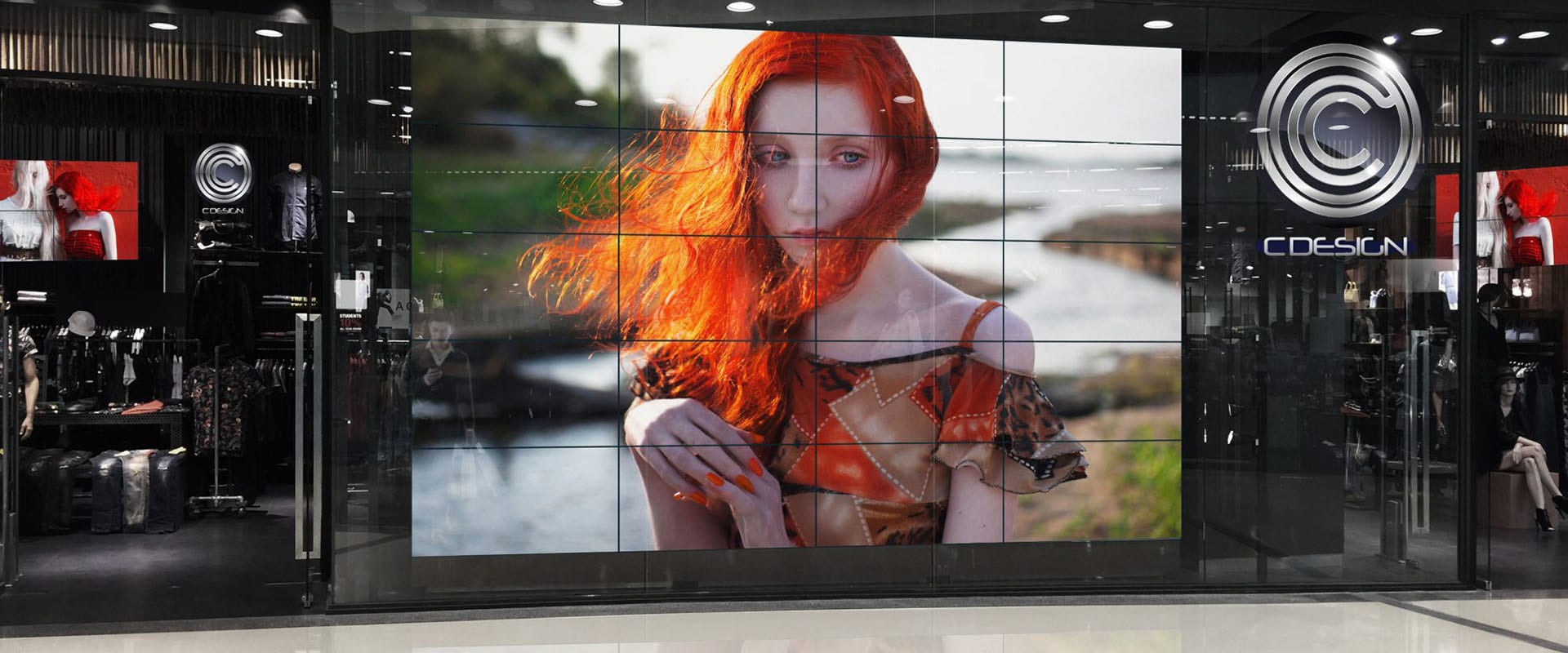
Install a digital signage is a long-term investment with a life spanning many years, you want your strategically stand screen to boost your sales, to attract your customers, to further promote your brand name. Hithech Panda is right place to help you achieve these goals. We care about all the WHO, WHAT, WHERE, WHEN! Meaning we will learn WHO is your target audience, WHAT is your needs, WHERE to install to make it most effective, and WHEN to update to keep your content reaches your target audience right on time. By taking care of all those factors, to come up with the most suitable yet cost effective solutions.
SERVICES
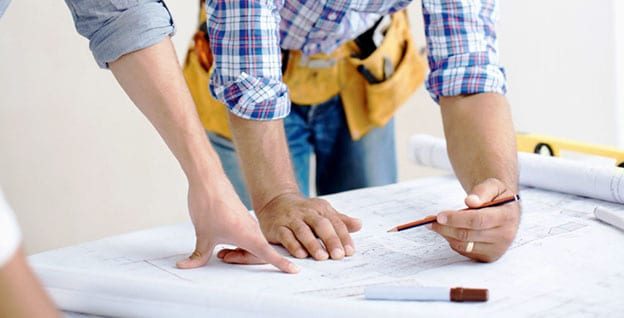
Consultation & Digital Sign Designing
Working with you we can transform your vision and ideas into a reality. From our extensive range digital signage products and services we create a custom made digital signage solution based on our expert knowledge and experience. Arrange a visit to our show room at our Melbourne office to see your display signage in action. We can then deliver photo realistic visualisations to give you an idea what your screen solution will look like.
Digital Signage Installation
“Our in house digital signage professional technicians can provide you with fast and reliable signage or display led screen installation services.” We provide service even beyond this statement, we focus on DETAIL, aiming for PERFECTION. Meaning we will never leave a disturbing positioned socket, or annoyingly twisted cable, we will setup and running your led screen without you even notice, ensure you use it conveniently and smoothly like you have used it for ages.
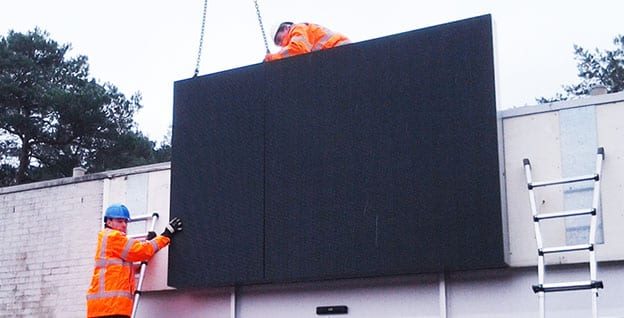
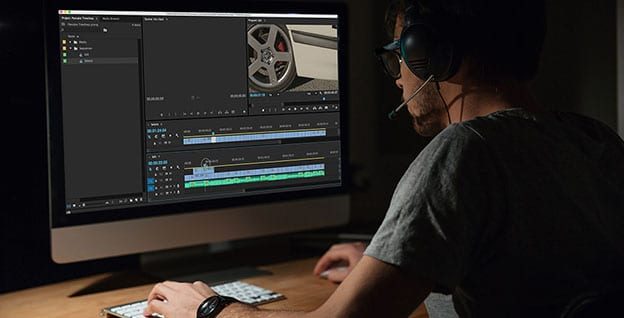
Digital Display Content Design
Here is the question when comes to digital signage, what should I show on so it will actuality work as a part of my marketing tool? Well we can ensure you the capability of it is only limited by your imagination. HiTehch Panda has got hundreds of creative ideas to help you deliver any kind of fancy content: videos, images, animations, or even static images. But we are not only artist, we are designer, we will ensure the content we provide to you not just visually stunning & eye catching, but actuality taking effect on your business.
Digital Signage Management
Don’t think to install a digital signage is just something to give you and your stuff more everyday task to do, you will be amaze how easy modern technology has brought us today when you start use our playback system. We will show you step by step of how to use it right after the installation. Then you will be able to remotely update your content at any time from any where just within a second! We will regular make return visit to ensure your content always on spot!
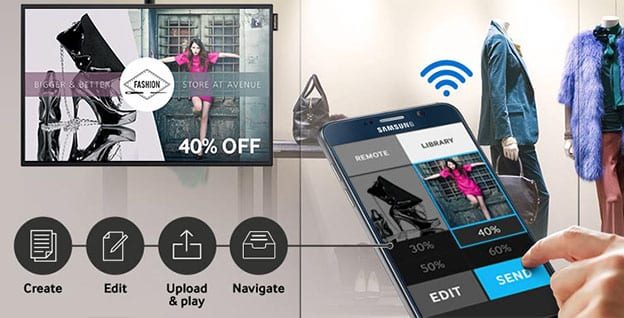
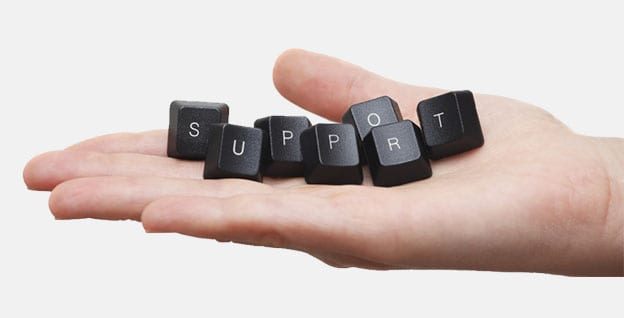
Digital Signage Maintenance & support
All HiTech Panda digital signage installations come with full support and maintenance packages to ensure your digital display board and screens has minimal downtime during its lifetime. Any time you have trouble with any of our digital display product, just give us a call, and a remote technical help will be delivered in no time. If that won’t solve your problem, one of our technician will be sent to your location at the earliest time.
RPDOCUT RANGES
8 things you need to know about digital signage
Digital signage is very widely used across the world nowadays. In most cases, it uses technologies like LCD or LED to display digital media like images, videos, restaurant menus, text or web pages.
Nowadays you can find digital signages almost everywhere: public areas, transport vehicles, and planes, museums, stadiums, retail stores, hotels, restaurants and company buildings, etc., to provide directory navigation, exhibitions, marketing, and advertising. Digital Signages are used as a network of electronic displays that are centrally managed and individually addressable for the display of text, video messages for advertising, information, entertainment and merchandising to targeted audiences.
When a digital signage system works, and it works well, it can boost customer or visitor experience by giving timely information when it’s needed and creating an attractive and engaging space to place ads.
There are three components for a digital signage system:
Digital Screen: The most commonly used digital signage screens are Led, LCD, and OLED. There are a lot of variables to consider when selecting your screens, e.g. price, location, durability, quality, and functionality.
Hi Tech Panda digital signage professionals can help you choose the most appropriate screen types for your business need.
Digital Signage Player: Digital Signage Player is the media player to play the content on digital screens. These players typically connect to your network or an individual computer. Vendors often package these with your digital signage software.
Content Management System: This is also known as CMS. This is where the content for your digital signage system begins. Vendor or content designer can upload your content, such as images, texts, videos, etc. to your CMS that you want to display on your signs.
Hi Tech Panda digital signage experts can help you design and organize your signage content, like advertising, digital menu, etc, and upload to your content management system to get ready for your promotion or display.
Business Planning: The business plan must begin with a clear articulation of the objective or purpose of the digital signage network. It must say exactly what you want the system to do and by whom and how will it be evaluated. Success will be measured in terms of how close you come to the attainment of those objectives.
Content Planning: Content involves the creation of the dynamic media to be displayed on a screen, and it involves the communication of a message. Depending on the objectives, it may involve advertising, marketing, or entertainment content.
Content Design: After deciding your content target, a designer is involved to help you create the digital signage graphic or video. Factors to be included in considerations including location and the environment (indoor or outdoor), lighting and ambient light, traffic flow patterns, numbers of screens and their locations, as well as concerns for security and potential for vandalism.
Our experienced professionals at Hi Tech Panda Digital Signage Melbourne can help you design and create effective content for your business need.
Digital Signage Player Software: Digital signage software packages are usually made up of a group of components designed to perform different tasks. These include the overall server management, plus variations in scheduling and player software, as well as handling the insertion of content.
Digital Signage Hardware: Hardware involves displays, mounts, stands, media players and infrastructure such as cables, connectors, and signal management. HiTech Panda Digital Signage Melbourne can not only provide you with high-quality hardware with the best price but also provide warranty to give you peace of mind.
Digital Signage Connection: Connecting the displays to the main server is a core part of a digital signage project. You must consider if you will need connectivity to the Internet or cloud and plan accordingly. Wired systems, Wireless, and cellular systems are all popular choices.
You can get a Hi Tech Panda Digital Signage Melbourne professional for the best solution for your digital signage project.
Operation & Maintenance: Operation involves logistics and project management, installation, network topology, ongoing maintenance/service, and support. It is ultimately the day-to-day processes that make the system work and continue to work at a profit and definable cost. Once the network is installed and up and running, it needs to be managed daily.
Hi Tech Panda Digital Signage Melbourne professional can provide continuous support after your digital signage installed.
Generally speaking, a home TV is designed just for viewing TV so that you can take it home and watch consumer video formats such as TV, Blu-ray, games, etc. and they are normally used a few hours a day only.
The uses for digital signage in a commercial environment vary widely. Examples include a display in a waiting area, digital signage, direction navigation kiosk, restaurant digital menu board, where there can be higher temperatures, more exposure to dust, grease, etc., or perhaps a large-screen touch-enabled display for use in a conference room. The amount of time they are typically on varies anywhere from a couple of hours a day to 24/7 and 365 days a year. Because of this, there a wide variety of commercial displays built for different types of applications and environments.
Contact Hi Tech Panda Digital Signage Melbourne professional to choose the digital signage most suite your business need.
The use of digital signage in commercial environments varies a lot. Examples including:
- Shops
- Bars & Clubs
- School
- Office
- Automotive
- Healthcare
- Event
Digital signage provides the most flexible banner in the world. Digital Signages allow any business to easily showcase their products, services or any other content for that matter, helping them to stand out and engage with more customers.
- Businesses can showcase a wider range of products and services, e.g. a restaurant could utilize a series of digital menu boards that display a different menu as the day progresses
- It can engage more customers at the point of sale, or make an atmosphere more lively or unique, with a powerful influence on buying decisions.
- It can be used as a tool to interact with customers as an entertainment medium e.g. waiting for areas in an airport or train station to communicate messages to your customers.
- It can help to boost brand awareness and sales
- It can also be used as a medium for your employees e.g. internal communications, meeting rooms.
- It can be used to quickly and easily update information at any time (even immediately) and schedule content
- No costly printing, delivery or installation, unlike traditional point of sale.
- It allows the option of generating additional money from third party advertisers
When it comes to choosing the right digital signage hardware, it certainly isn’t a one-size-fits-all solution. Every business is different, with different goals in mind that they want to achieve with their digital signs. Each has different budgets and content capabilities. And each has vastly different physical spaces to account for.
All of those competing factors, though, shouldn’t overwhelm businesses looking to make the digital signage leap. In fact, instead of viewing that long list of considerations as a head-scratching conundrum, you’d be much better served to use it as the trusty roadmap to help you pick that one-and-only perfect screen.
Here’s our easy-to-follow strategy on how to pick the best digital signage display for your business—and your business only.
Location: It is quite obvious that the first thing to consider when selecting a digital signage display is where you want to put it. It is certainly more than just finding an open wall and throwing a TV on it. You need to think about function and impact. The one true rule of place digital signage is to place it in high-traffic areas where the highest amount of people will be able to see, From wayfinding and directory displays to large-scale screens pushing advertisements.
Size & viewing angles: Clearly “bigger the better” doesn’t applicable when it comes to choosing the size of digital signage. The surrounding environment and functionality will always come first. You don’t want a massive big screen in a small room or a tiny screen when you need people from 10 meters away to be able to see. Here are some tips:
- Standard menu board for a restaurant or a bar usually will choose the size between 43”-55”
- Smaller screens are better for touchscreen kiosks that your consumers will interact with up-close-and-personal.
- Bigger screens are perfect for large wall-mounted digital signage installations that aim to capture an entire room’s attention.
Any display that for close distance viewer, you don’t want to use large-size screens, as they might notice the individual pixels on the image. To avoid that, you’ll probably want to invest in an ultra-high-definition 4K TV that can be viewed super up-close without losing any fidelity. Fortunately, the vast majority of digital signage sold today are capable of 4K resolutions.
Hi Tech Panda provides a full range of sizes to suit all your needs: 24”, 32” 43”, 49”, 55”, 65”, 75”, 86”, 96”.
Viewing angles: should also be accounted for. Typically, TVs should be viewed straight-on or the picture can become distorted. For that reason, you need to either plan for a layout that will minimize wide viewing angles in your space or install multiple displays so viewers always have a direct eye-line to at least one of your TV screens. Generally, commercial displays can be viewed at wider angles than consumer televisions.
Brightness: In most businesses, you’re going to be dealing with very well-lit areas—oftentimes by both by artificial and natural light. This means you’ll need a very bright screen if you want customers to be able to read and take in the content on your displays. This is where the difference between consumer televisions and commercial televisions comes heavily into play. Consumer displays are made for controlled lighting environments such as your living room where lighting is often dimmer, usually range from 150-250 Nits. Commercial displays, on the other hand, are designed for brightly lit areas like office spaces, retail stores, and other commercial buildings, usually range from 300-2000 Nits.
With HiTech Panda, we are able to provide screen with the brightness higher than the industry standard from 2500nit-3000nit.
Price, warranty, and durability: In general, TVs range in cost from a few hundred dollars for a consumer display to a few thousand dollars for a large 4K commercial screen. So it’s best to know your budget and needs inside and out before jumping to a purchase. In most cases, we recommend grabbing a commercial display over a consumer TV as it is built for business settings and uses. We already mentioned the brightness factor. On top of that, they are more durable when used over long periods of time, and they have longer warranties. They also have important features that consumer TVs just don’t come with, such as the ability to be controlled over LAN as well as the ability to schedule being turned on and off. Sure, it may cost you more upfront to buy a commercial display, but it’ll be more cost-effective in the long run and you’ll get much better overall performance. And don’t get too caught up about the SmartTV features that come with a given TV—they’re pretty much irrelevant when it comes to digital signage. Instead, focus on screens that come with a wealth of hardware features that can boost your digital signage performance. As for how long you can expect your screen to last, commercial displays typically have a lifespan of around 100,000 hours at reasonably intensive use. A consumer TV will last from 60,000-100,000 at an average use rate. Choosing the perfect digital signage display—whatever your business’ specific needs maybe—doesn’t have to be rocket science. It just takes a solid game plan built around your company’s physical space, digital signage needs and goals, and budget. Once you’ve nailed those things down, picking the best TV for digital signage won’t be a problem.
The cost of buying a digital signage viaous depending on what kind of screen you need. But in general, the cost will come from 2 major part:
The Hardware, usually including:
- The screen panel, according to the size, the cost will be range from a few hundred dollars for a small size 300nit full HD digital signage to thousand of dollars for a large 4K display.
- The mounting bracket, the normal mounting methods are: wall mount, ceiling mount, and floor standing
- The external player, some digital signage doesn’t come with build-in players, you will need an external player to play the content, an external player will cost a couple of hundred dollars.
- The Decoder, this is an optional hardware only if you want to build up an LCD Video Wall, this device allows you to modulize as many screens as you want to display on the large image, usually range from 1 to 4 thousand dollars for 4 channels minimal to 16 channels max
The software, which is also the content management system. Usually, a digital signage solution provider will charge a monthly usage fee for a cloud-based content management system. For any local management software, it is a one-off payment for the software.









